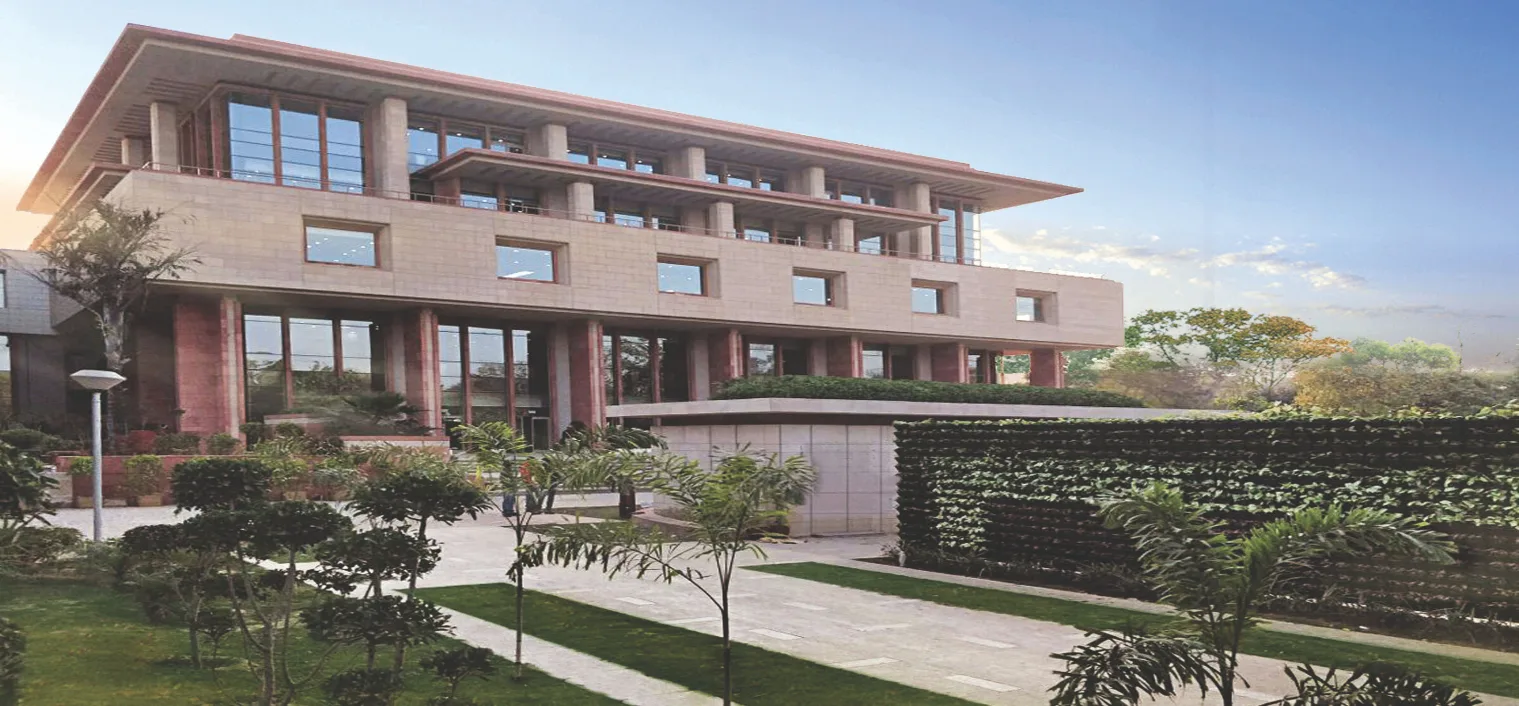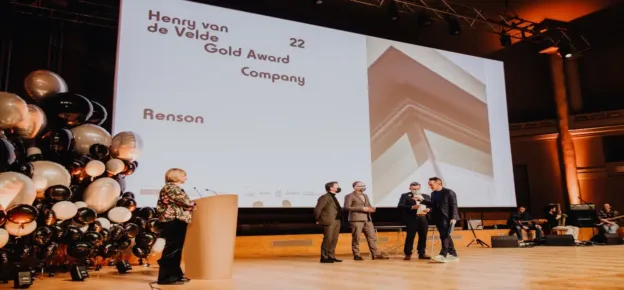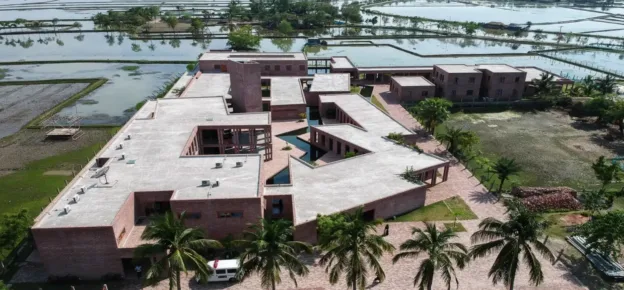DY Chandrachud, the Chief Justice of India, opened the S-Block building, a recently finished courthouse. The Delhi High Court has been working on a plan to increase the number of courts it can accommodate for the past ten years. To that end, it has erected two sizeable new structures, the first of which, known as “C block,” added 15 new courts with related amenities.
The “S block,” the second building, contains a wide range of activities that will support the institution’s future preparation.
Incorporating classical aspects like strong axes in its layout and external columns spanning numerous levels, the building’s architecture, particularly the front, draws inspiration from the design vocabulary of the old New Delhi.

Mess, which is all components of the same urban visual experience, defines the urban setting that the structure fits into.
It is a green structure that leans toward a passive green design and uses a sizable hovering cantilevered crown to shade the exterior envelope. While reducing energy expenditures, cavity walls and double-glazed windows enhance thermal comfort. It is an emission-free building that will recycle all of its solid and wastewater waste. Additionally, it makes use of technology to increase the amount of fresh air in the spaces by 30%, improving productivity for its users.
Additionally, it is an illustration of democratic architecture, with open workplaces promoting better equity in sitting and openness.















